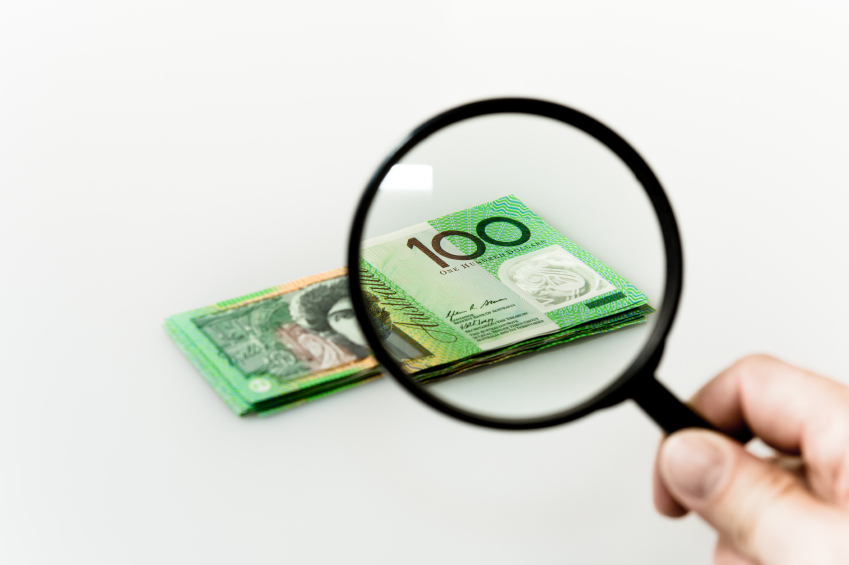ATO Tax Time focus areas
With the end of the financial year on our doorstep, the ATO has announced its three key focus areas for 2022-23 Tax Time – rental property deductions, work- related expenses, and capital gains tax (CGT). To maximise your claims in this area and protect yourself from ATO audits and adjustments, be sure to keep the appropriate records.
Work-related expenses
This year the ATO is particularly focused on ensuring taxpayers understand the changes to the working from home methods and are able to back up their claims. To claim your working from home expenses as a deduction, you can use the actual cost method, or the revised fixed rate method, provided you meet the eligibility and record-keeping requirements. See the table below.
In relation to depreciating of assets and equipment you will need records that show:
- when and where you bought the item and its cost
- when you started using the item for a work-related purpose
- how you work out your percentage of work-related use, such as a diary that shows the purpose of and use of the item for work.
Chat to TNR if you have any questions around which method to use and the records to keep.
Capital gains tax
Capital gains tax (CGT) comes into effect when you dispose of assets such as shares, crypto, managed investments or properties. Inform us as your accountant if you have disposed of such assets
between 1 July 2022 to 30 June 2023.
On the disclosure front, be mindful that the ATO has extensive data-matching capabilities and, as such, will likely be able to detect the sale of most CGT assets.
Rental property deductions
Many landlords will expect large amounts of deductions to be claimed when their returns are lodged. However, your record keeping will significantly impact the deductions that can be claimed. Talk with
TNR around the record keeping requirements if you are unsure.
Keep records of the following:
- bank statements showing the interest charged on money you borrowed for the rental/commercial property
- loan documents
- land tax assessments
- documents or receipts that show amounts you paid for:
- advertising (including efforts to rent out the property)
- bank charges
- council rates
- gardening
- property agent fees
- repairs or maintenance etc.
- documents showing details of expenses related to:
- the decline in value of depreciating assets
- any capital work expenses, such as structural improvements
- before and after photos for any capital works
- travel expense documents, if you are eligible to claim travel and car expenses such as:
- travel diary or similar that shows the nature of the activities, dates, places, times and duration of your activities and travel (you must have this if you travel away from home for six nights or more)
- receipts for flights, fuel, accommodation, meals and other expenses while travelling
- receipts for items you used for repairs and maintenance that you paid for when you travel to, or stayed near, the rental property.
- documents that show periods of personal use by you or your friends
- document that show periods the property is used as your main residence
- loan documents if you refinance your property
- documents, receipts and before and after photos for capital improvements
- tenant leases
- when you sell a property:
- contract of sale
- conveyancing documents
- sale of property fees.
This year, the ATO is particularly focused on interest expenses and ensuring rental property owners understand how to correctly apportion loan interest expenses where part of the loan was used for private purposes (or the loan was re-financed with some private purpose).
| RECORD-KEEPING - REVISED FIXED RATE METHOD | RECORD-KEEPING - ACTUAL COST METHOD |
|---|---|
| A record of all the hours you work from home for the entire year (e.g. a timesheet, roster, diary or similar document) | You will need to keep a record for every expense you claim |
| Evidence you paid for the expenses covered by the revised fixed rate method (for example, if you use your phone and electricity when you work from home, keep one bill for each of these expenses) | Receipts, bills or invoices which show the supplier, amount of the expense, nature of the goods, date it was paid and the date of the document |
| Records for items you claim as a separate deduction | Evidence of your personal and work-related use of the items or services you buy and use |
| From 1 July 2022 to 28 February 2023, the ATO will accept a record which represents the total number of hours worked from home (for example a four-week diary) | You can work out your work-related expenses using records for the entire year or over a four- week period that represents your work use – for example, using a diary or itemised bill |
| From 1 March 2023, a contemporaneous record of all the hours you worked from home is required (e.g. a timesheet) |
If you have any questions around these ATO Tax Time focus areas, reach out to TNR.
Important: The information contained in this post / article is not advice. Readers should not act solely on the basis of material contained in this post. Items herein are general comments only and do not constitute or convey advice per se. We recommend that our formal advice be sought before acting on anything contained in this post.

